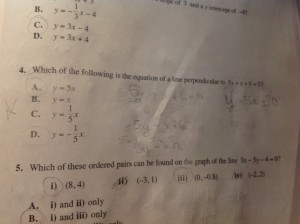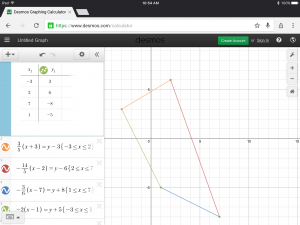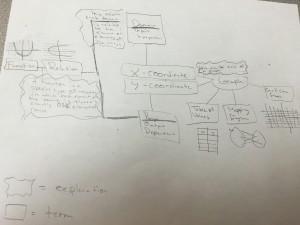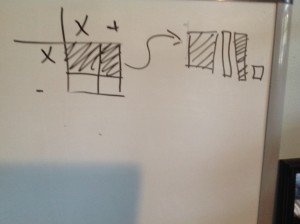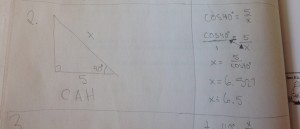This was taken in the reflection booklet #4.
And I realized something that helped me throughout all the other questions. I was looking at perpendicular all wrong and equations for that matter. It’s a step process
#1 perpendicular, you need to find slope
#2 you must accommodate the equation accordingly.
#3 understand that if your end result does not look like an equation. You might’ve done something wrong.

